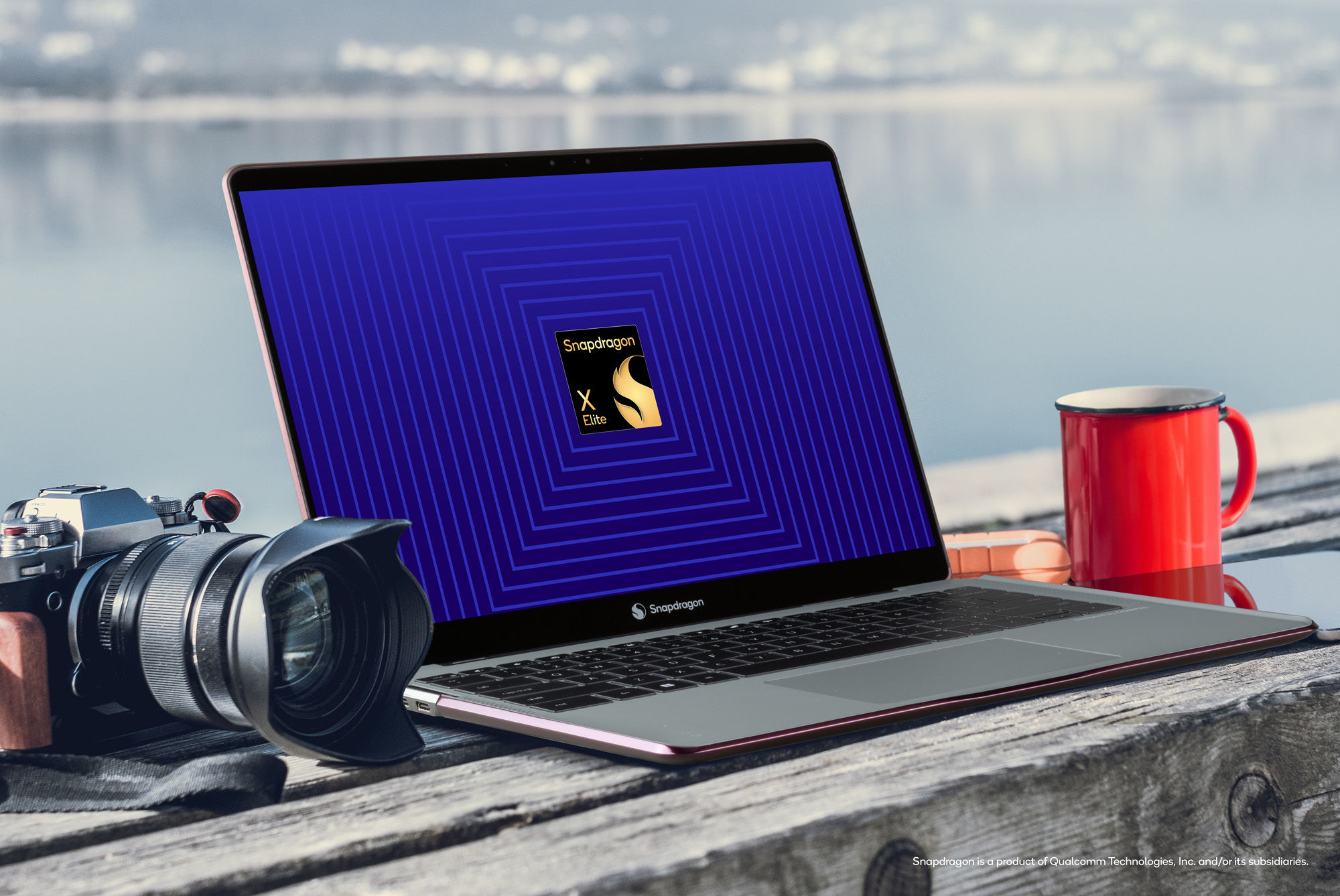Despite Qualcomm’s ambitions and high hopes to control over50%of the Windows market in the next five years, recent statistics show that its first-gen X Elite offerings are failing to gain consumer traction.TechRadarreports that of all PCs sold in Q3 24, Qualcomm’s chips powered 720,000 units - capturing just 0.8% of the entire market. In other words, one out of every 125 devices sold in the last quarter featured an X Elite processor, which pales in contrast to Intel, AMD, and even Apple on the Arm front.
Undoubtedly, AI PCs are on the rise, primarily because virtually every new processor comes equipped with a Copilot PC+ compliant NPU. Per the report, 13.3 million AI PCs were shipped in Q3 this year - a 20% increase compared to last quarter. For the uninitiated, this stat refers to PCs featuring an NPU-equipped processor, like Intel’s Meteor Lake and Lunar Lake offerings, AMD’s Phoenix, Hawk Point, and Strix Point series, and Qualcomm’s X Elite SoCs.

Despite a 180% surge in X Elite sales from Q2 24 to Q3, Qualcomm’s chips power less than 1.5% of Windows PCs. This lackluster reception is primarily due to unoptimized software or the lack thereof. For example,Microsoft’stardy release of an officialWindows 11ISO for Arm devices left early X Elite adopters in the cold for months. Additionally, Linux support isn’t as robust as existing x86 alternatives; longer battery life isn’t sufficient or incentivizing enough to drive adoption.
Qualcomm is preparing to launchbudgetX Elite laptops next year to somewhat alleviate this situation. On that note, the fruits of Qualcomm’s acquisition of Nuvia are materializing—both in terms ofhigh-stakes litigationand powerful mobile SoCs, namely, the Snapdragon 8 Elite designed using the Oryon 2 architecture.Rumorssuggest that the X Elite’s successor will jump directly to Oryon 3, aiming for a 2025 reveal/launch.

In any case, compatibility will always be an issue with these Arm SoCs (in Windows) - be it any chip maker. Apple’s sheer market share and dominance compelled developers to write and optimize software for its silicon. Collaborating withMicrosoftis vital for Qualcomm in this regard, however, it’d still have to compete with other x86 players in the Windows space; Intel and AMD.
Get Tom’s Hardware’s best news and in-depth reviews, straight to your inbox.
Hassam Nasir is a die-hard hardware enthusiast with years of experience as a tech editor and writer, focusing on detailed CPU comparisons and general hardware news. When he’s not working, you’ll find him bending tubes for his ever-evolving custom water-loop gaming rig or benchmarking the latest CPUs and GPUs just for fun.